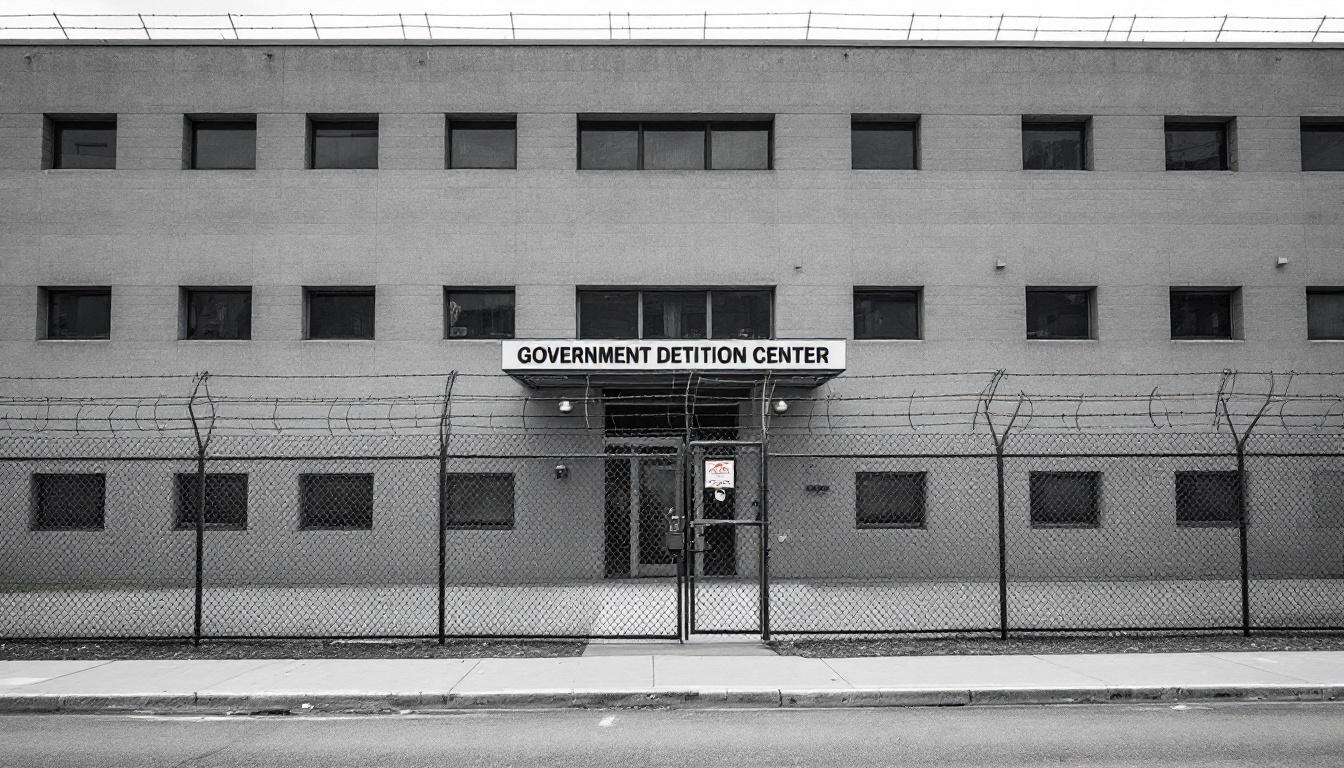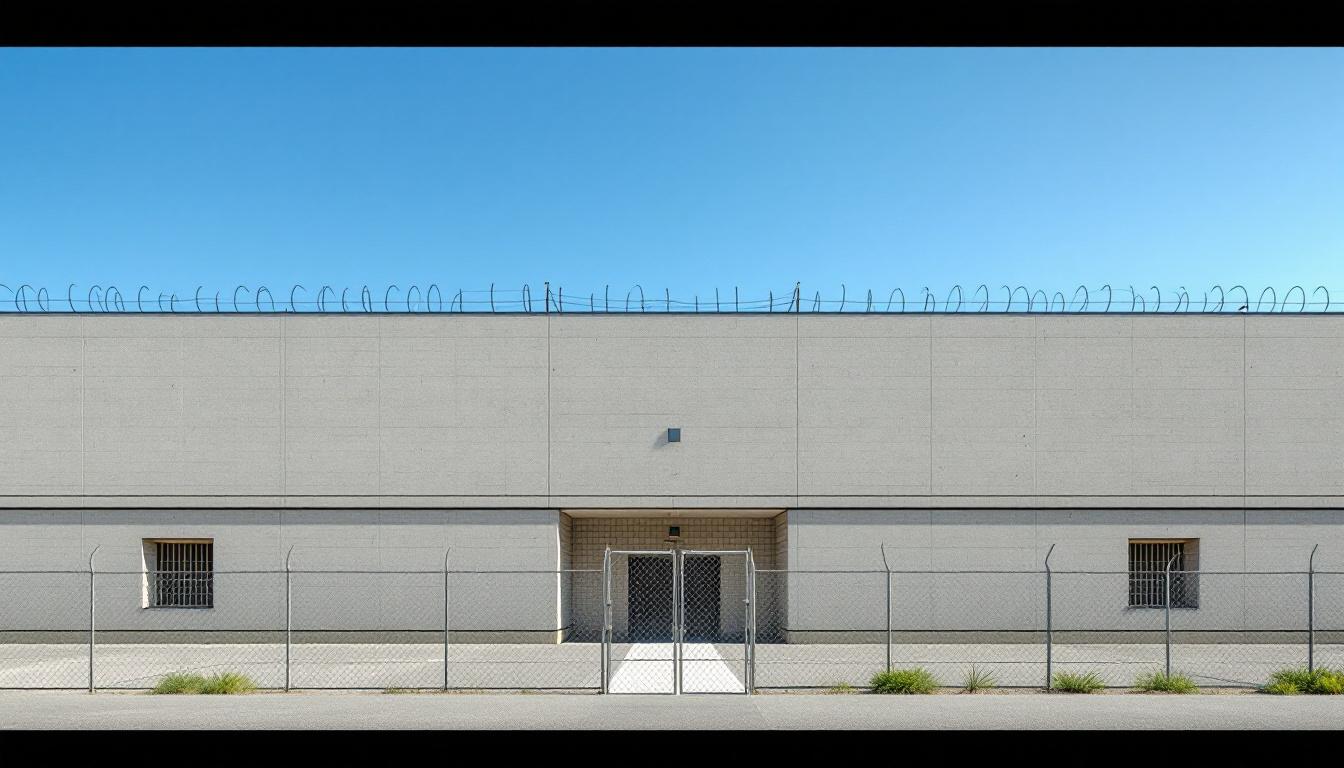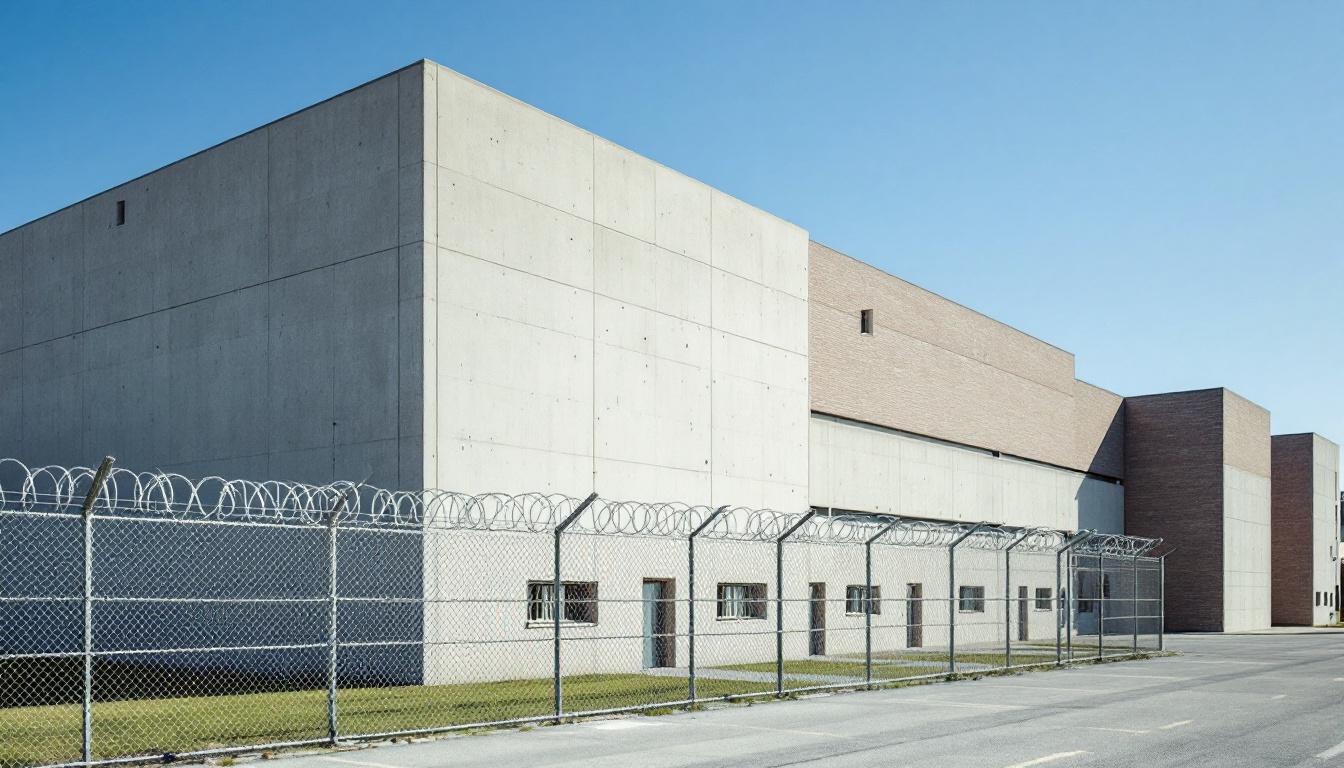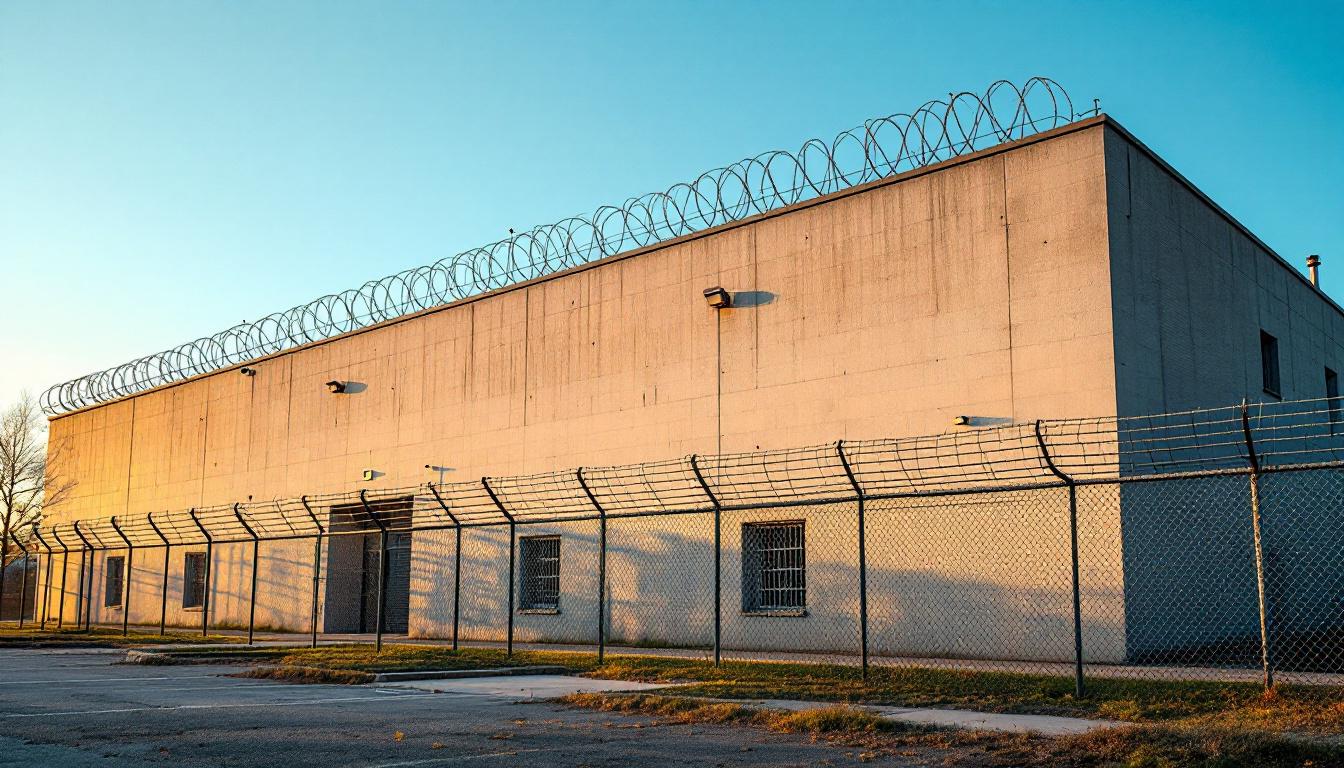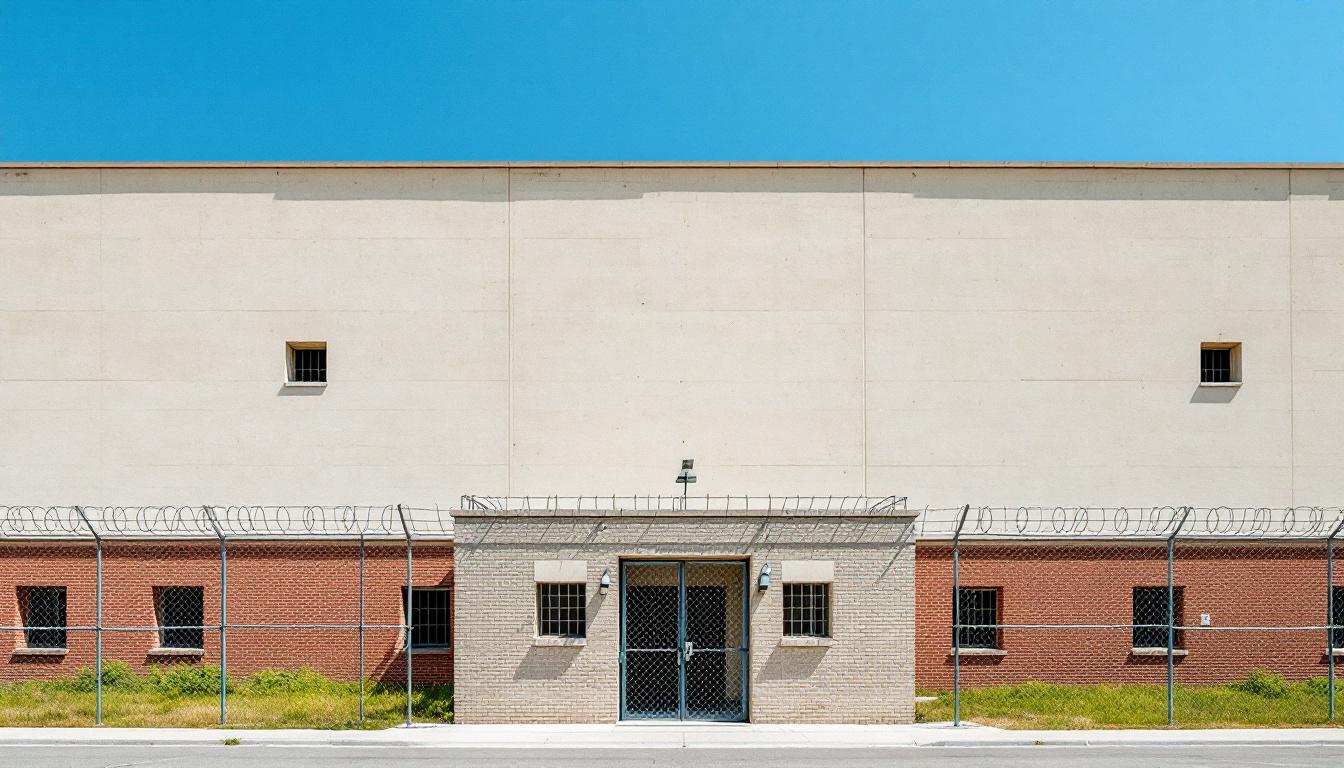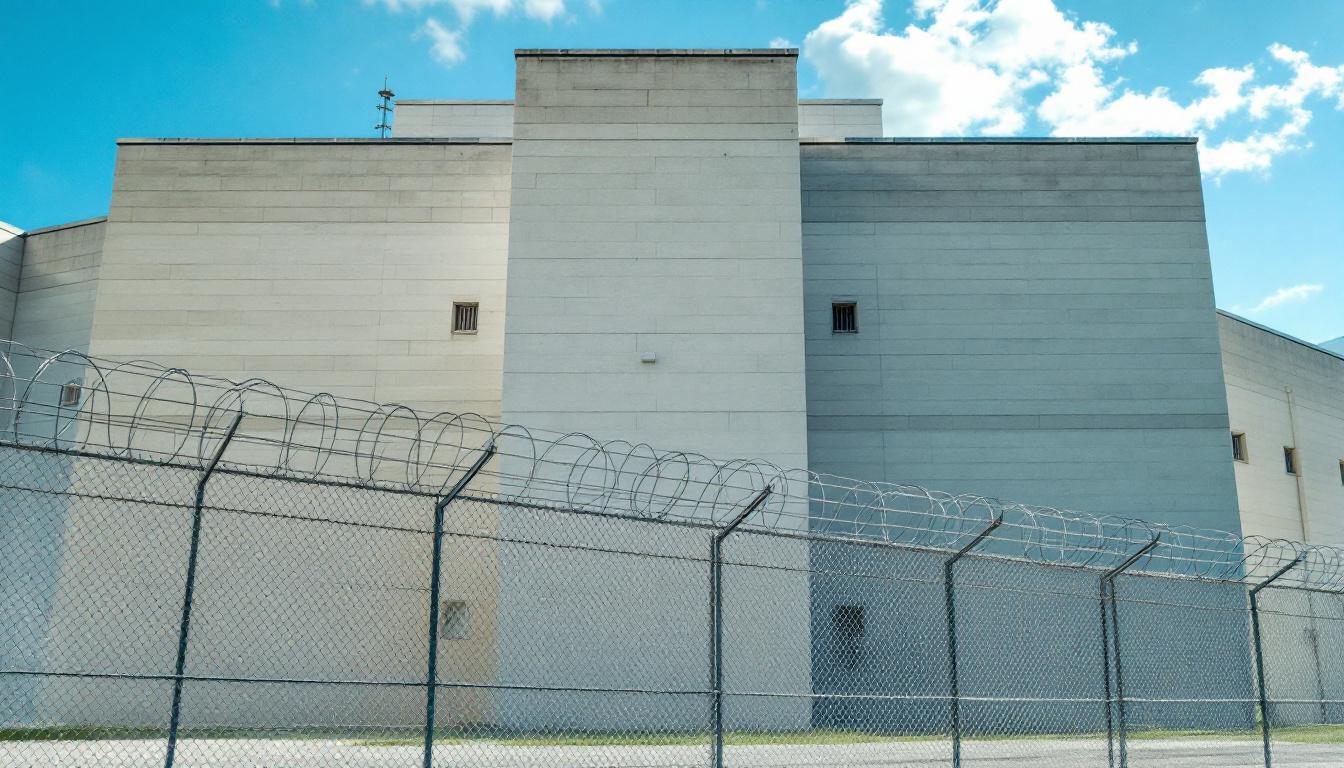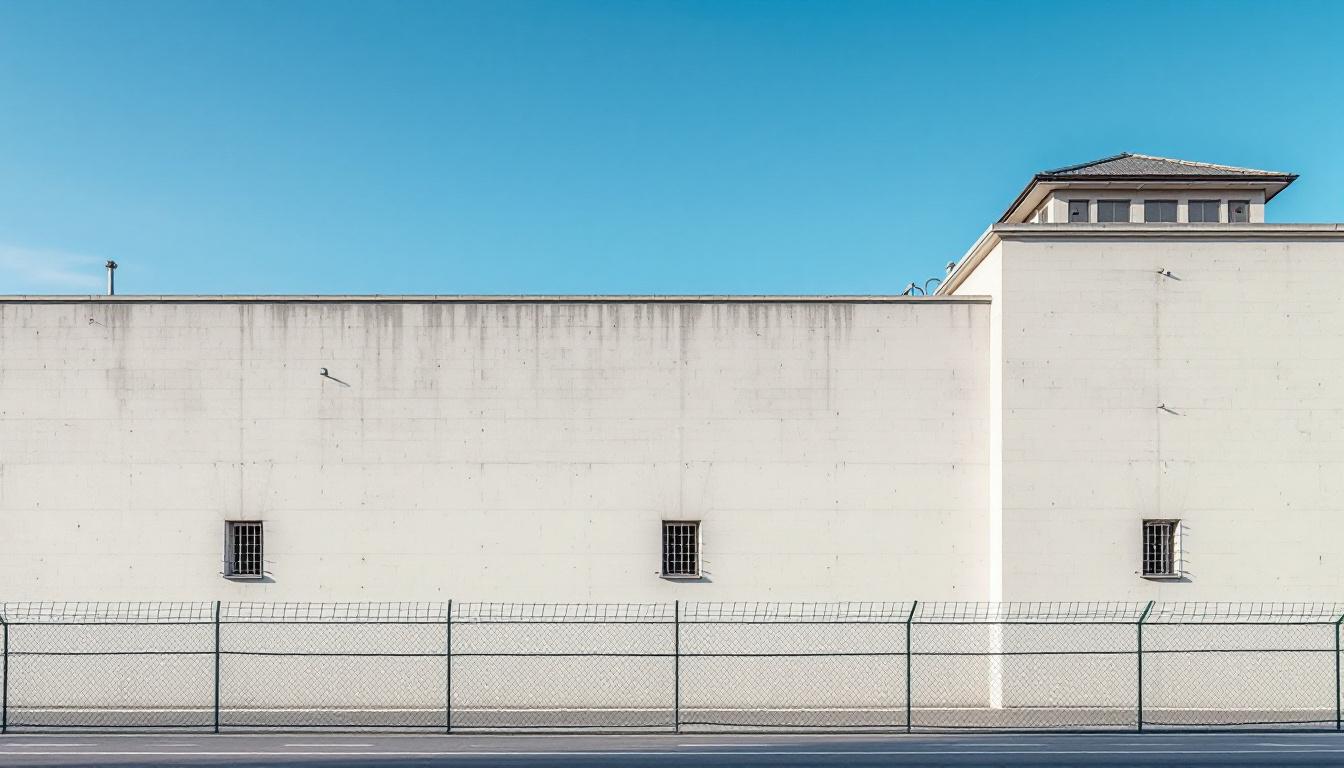
Quick Navigation
How to contact an inmate at Idaho Maximum Security Institution
This comprehensive guide will walk you through how to connect with an inmate at Idaho Maximum Security Institution. Follow the steps below to find an inmate and send letters and photos:
- Search for the inmate using our search tool below
- Create your account or log in to Penmate
- Write your message (up to 6,000 characters)
- Send instantly - inmates receive printed copies daily
Find an Inmate
Search for an inmate to start communicating today
Tip: You can search by first name, last name, or inmate ID number
To contact a person at Idaho Maximum Security Institution start by searching for the person on the official facility website. Perform a search by following these steps:
- Step 1: Enter their first name and last name into the search form and click "Search"
- Step 2: Locate their inmate record
- Step 3: Write down their Inmate ID and any housing information provided
Important! Be sure to enter the person's full name. Nicknames should not be used.
How to Send Messages to Inmates

You can use your phone or computer to send emails, letters, and photos to an inmate. Messages are sent electronically to inmate tablets or kiosks at the facility. If you would like to send a message, start by searching for an inmate at Idaho Maximum Security Institution.
Sending Photos and Postcards

A great way to send love and support to a loved one at Idaho Maximum Security Institution is to send photos and postcards. It only takes a few minutes to send photos from your phone and it makes a huge difference. You can also mail postcards with words of support and inspiration, or design your own postcard for special moments like birthdays and holidays.
Important! Be sure not to send any explicit photos or they may not be approved by the facility. You can also use a photo printing app like Penmate to make sure your photos are printed at the correct size (4x6 or 3x5) and are mailed according to the rules and regulations of Idaho Maximum Security Institution.
Frequently asked questions about Idaho Maximum Security Institution
-
How long does it take to deliver a message?
If you're sending an email message your letter is usually delivered within 24-48 hours. For messages sent via mail you should expect delivery within 3-7 days. All messages will need be approved by Idaho Maximum Security Institution.
-
How much does it cost to send a message to Idaho Maximum Security Institution?
You can send a message free using your phone or mail a message via USPS for the price of a $0.60 stamp and envelope. You can also purchase credits or e-stamps from services starting at $1.99.
-
What services can I use to contact an inmate at Idaho Maximum Security Institution?
Penmate
You can use Penmate to send letters and photos to an inmate from your phone. It's an easy way to stay in touch during your loved one's incarceration. Use the inmate locator to find an inmate's location and contact information, then you can send messages within a few minutes.
Securus messaging
Securus may be another option for communicating with an inmate at Idaho Maximum Security Institution. You can create a friends and family account and purchase credits to send messages. All messages will be reviewed and must be approved by the facility.
JPay
Some county jails and state prisons may support sending messages with JPay. You must register an account with the system, find your loved one, and purchase stamps to send messages. For some locations you can also attach photos.
Smart Jail Mail
You may also check if Smart Jail Mail is available at Idaho Maximum Security Institution. Smart Jail Mail is operated by Smart Communications and has contracted with some state and county jails. After purchasing credits, your messages and photos are sent to the facility, printed out, and then handed out to your loved one.
-
What is the mailing address of Idaho Maximum Security Institution?
Mailing address:
Idaho Maximum Security Institution
13400 Pleasant Valley Rd
Kuna, ID 83634
Phone: (208) 338-1635 -
What are the visiting hours at Idaho Maximum Security Institution?
Visiting hours at Idaho Maximum Security Institution vary by housing unit and security level. Generally, visits are scheduled on weekends and holidays, with some facilities offering weekday visits. Contact the facility directly at (208) 338-1635 or check their website for the current visiting schedule. Visits typically last 30-60 minutes and must be scheduled in advance.
-
What items are prohibited when sending mail to Idaho Maximum Security Institution?
Prohibited items typically include: cash, personal checks, stamps, stickers, glitter, glue, tape, staples, paperclips, polaroid photos, musical or blank greeting cards, hardcover books, magazines with staples, and any items containing metal or electronics. Only send letters on plain white paper with blue or black ink. Photos must be printed on regular photo paper (no Polaroids). Always check with Idaho Maximum Security Institution for their specific mail policies.
-
How do I send money to an inmate at Idaho Maximum Security Institution?
You can send money to an inmate at Idaho Maximum Security Institution through several methods: 1) Online using JPay, Access Corrections, or the facility's approved vendor, 2) Money orders mailed directly to the facility with the inmate's name and ID number, 3) Kiosks located in the facility lobby, or 4) Over the phone using a credit or debit card. Fees vary by method, typically ranging from $2.95 to $11.95 per transaction.
-
Can I schedule a video visit with an inmate at Idaho Maximum Security Institution?
Many facilities now offer video visitation as an alternative to in-person visits. At Idaho Maximum Security Institution, video visits may be available through services like Penmate, Securus Video Connect, GTL, or ICSolutions. Video visits typically cost $10-20 for 20-30 minutes and must be scheduled in advance. You'll need a computer or smartphone with a camera and reliable internet connection. Contact the facility for their specific video visitation policies and approved vendors.
-
What identification do I need to visit an inmate at Idaho Maximum Security Institution?
All visitors must present valid government-issued photo identification such as a driver's license, state ID, passport, or military ID. Minors must be accompanied by a parent or legal guardian who can provide the minor's birth certificate. Some facilities require visitors to be on the inmate's approved visitation list, which may require a background check. Contact Idaho Maximum Security Institution for specific ID requirements and visitor approval procedures.
-
How can I find out an inmate's release date?
To find an inmate's release date at Idaho Maximum Security Institution, you can: 1) Use the online inmate search tool if available, 2) Call the facility's records department, 3) Contact the inmate's case manager or counselor, or 4) Have the inmate provide this information during a call or visit. For privacy reasons, some facilities only release this information to immediate family members.
Facility Overview
Contact Information
Idaho Maximum Security Institution13400 Pleasant Valley Rd
Kuna, ID 83634
Phone: (208) 338-1635
Official Website
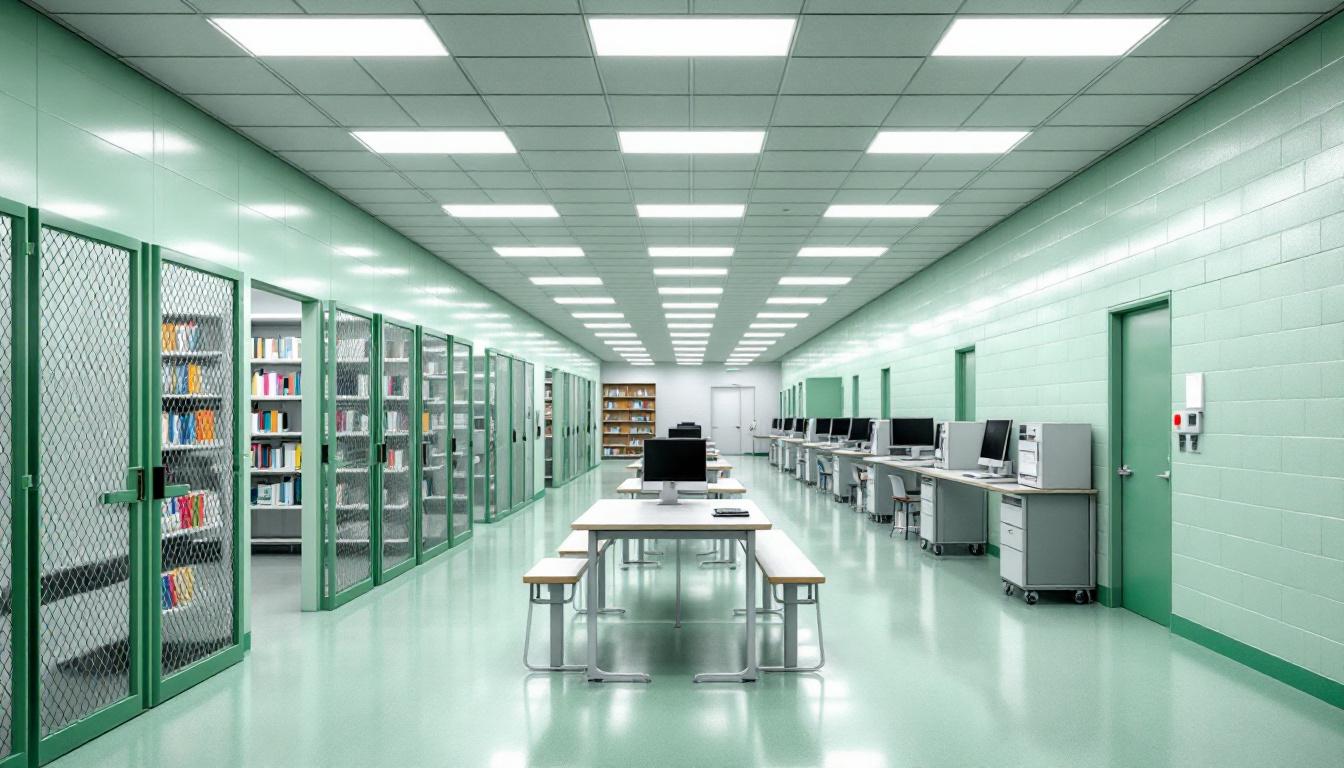
About Idaho Maximum Security Institution
Located south of Boise in Kuna, Idaho, the Idaho State Correctional Institution (ISCI) serves as a critical entry point for the state’s correctional system. This medium-security facility maintains 1,446 beds and operates the reception and diagnostic unit that processes all men entering Idaho’s prison system. The institution’s strategic location provides accessibility while maintaining the security protocols necessary for effective correctional operations in the region.
ISCI offers comprehensive services designed to support both immediate needs and long-term rehabilitation goals. The facility maintains a dedicated medical unit to address healthcare requirements, while workspace for Correctional Industries programs provides opportunities for skill development and productive engagement. These programs typically focus on job training and work experience that may assist residents in their eventual reintegration into the community.
The institution operates under structured visiting protocols, with designated schedules and entry procedures designed to maintain security while preserving important family connections. Visitors may access the facility during specified times, though schedules remain subject to operational considerations and emergency situations. The facility’s comprehensive approach often includes various support services and programming aimed at addressing the diverse needs of its population, contributing to public safety and successful outcomes for those in its care.
Programs & Services
The reception and diagnostic unit at Idaho State Correctional Institution serves as more than just an entry point—it establishes the foundation for each resident’s rehabilitation journey through comprehensive assessment and program placement. Located south of Boise, this medium-security facility integrates Correctional Industries’ workspace programs with medical services to address both vocational development and health needs. The diagnostic process typically evaluates residents’ educational backgrounds, work experience, and treatment needs to determine appropriate program assignments that may support successful reintegration.
Educational and vocational programming often forms the cornerstone of rehabilitation efforts, with residents potentially accessing GED preparation, adult basic education, and various trade skills training through the facility’s Correctional Industries programs. These work-based programs may include manufacturing, maintenance, food service, and other vocational areas that provide marketable skills while supporting facility operations. Counseling services typically address substance abuse treatment, cognitive behavioral programming, and mental health support, with specialized programs that may focus on anger management, life skills development, and pre-release preparation.
The facility’s medical unit enables comprehensive healthcare delivery alongside rehabilitation programming, ensuring residents can participate fully in educational and vocational opportunities. Support services may include library access, recreational activities, and religious programming to promote personal growth and community connection. As residents progress through their sentences, pre-release programming typically becomes available to help prepare them for successful community reentry, potentially including job placement assistance, housing resources, and continued treatment referrals to support long-term rehabilitation goals.
Daily Life & Visitation
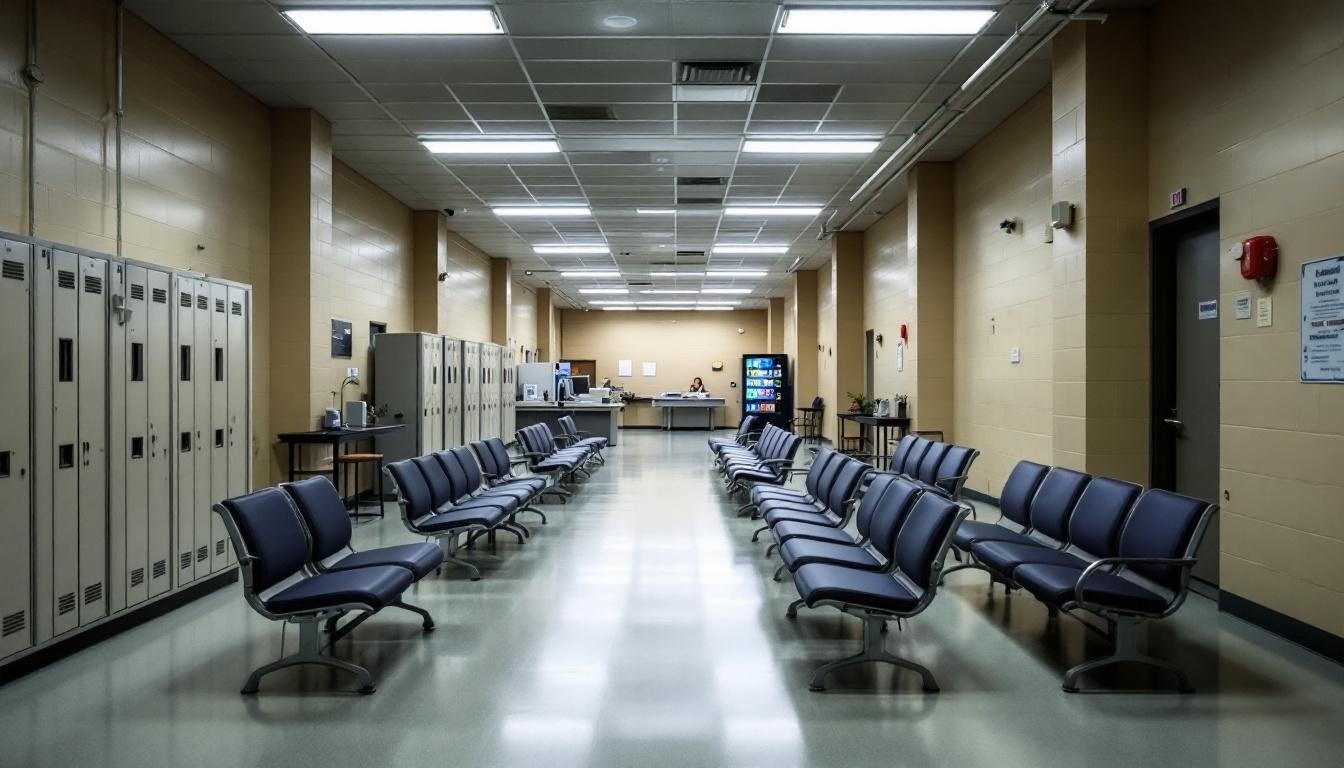
The reception and diagnostic unit at Idaho State Correctional Institution serves as the established experience for all men entering Idaho’s prison system, where new arrivals undergo comprehensive evaluation and classification processes before being assigned to their permanent housing units. This medium-security facility south of Boise houses up to 1,446 residents who typically follow structured schedules that may include work assignments through Correctional Industries programs, educational opportunities, and medical care provided through the facility’s dedicated medical unit.
Family connections remain an important aspect of life at ISCI, with visiting schedules typically organized by assigned days and specific time blocks for each resident. Visitors may enter the gatehouse during designated entry times, though the facility maintains strict security protocols regarding contraband, including tobacco, cell phones, controlled substances, and other prohibited items. Those assigned to medical units can often arrange visits with prior approval from visiting supervisors, while emergency situations or institutional counts may occasionally affect scheduled visiting times.
The facility’s location in Kuna provides residents with access to various programming opportunities that may include vocational training through Correctional Industries, educational courses, and recreational activities. Like most correctional facilities, ISCI likely operates on a structured daily routine that includes scheduled meal times, work assignments, educational programming, and designated periods for personal time and communication with family members, all designed to maintain security while supporting rehabilitation efforts.
Ready to Connect?
Start communicating with your loved one today
Search for an Inmate

